How To Remove Heat Shrink For Wires
A Consummate Guide to Heat Shrink Tubing
We explicate all nearly oestrus compress tubing, including the unlike types, sizes, materials, and certifications.

What is Heat Compress Tubing?
Oestrus shrink tubing is a versatile plastic layer which can exist applied to cabling and components for several purposes past electricians, engineers and similar professionals, including:
-
Electrical insulation - for case, to repair a damaged or exposed length of wire
-
Protection – from grit, chemicals, moisture or abrasion
-
Reinforcement – relieving the strain applied past cables held at tension
-
Bundling multiple wires into a unmarried unit
-
Identification – the wide range of available colours let for easy coding
They are also known every bit heat compress sleeves, in item when used with cables.
The name refers to the fact that the tubing is designed to shrink into identify and become rigid when heat is applied, providing a durable, protective coating.
Given the range of possible uses, heat compress tubing is bachelor in a variety of materials, sizes and colours. Some also come with an adhesive liner to assistance the tubing stay in place once applied.
Lookout out for the 'shrink ratio' – the relationship between the original size of the heat compress tube and its shrunken form following awarding. This is normally either 2:1 or 3:1, with higher numbers indicating a greater ratio and therefore a tighter fit. For example, tubing with a 2:1 ratio will shrink to half its size and a 3:1 ratio indicates shrinkage to i third the full size.
How to Use Heat Compress Tubing Safely
It is important when using heat shrink tubing to proceed with caution and observe basic safety measures to avoid accidents or injuries. Here'southward how to employ heat shrink tubing:
-
Begin by choosing the right size tubing with the correct shrink ratio. It should comfortably cover the wire or components before information technology has been shrunk into place to ensure a tight fit afterwards. Remember that information technology will be beyond both its breadth and its length
-
If the components to exist covered could change size afterward application, ensure that the tubing has sufficient expandability by comparison its diameter when shrunk (chosen the 'recovered' diameter) with its size earlier shrinking (called the 'expanded' diameter). Check the recommended heating temperature for the tube to avoid uneven awarding or melts
-
Cut a suitable length of tubing using standard scissors and lay or slide this over the target components. Information technology's now time to heat the shrink wrap. This can be done with a hand held oestrus gun or a heat shrink oven. The latter are specialist appliances for more precise and advanced heat application
-
If you use a gun, motility the heat back and forth beyond the tubing and avoid staying in one place to minimise the take a chance of burns. Go along until the wrap has been tightly secured
Common Heat Shrink Tubing Materials
Heat compress tubing works thanks to the responsiveness of the multiple materials used to make the product. Each has dissimilar strengths and properties.
Heat Compress Materials
Polyolefin Oestrus Shrink Tubing
The constructed polymer polyolefin is the most widely used heat shrink tubing material due to its resistance to high temperatures and chemical contagion.
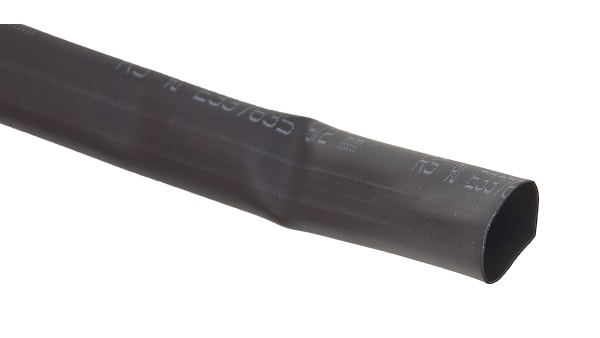
PVC Oestrus Shrink Tubing
Polyvinyl chloride or PVC is some other widely used fabric in estrus shrink tubing. It is versatile and provides a smooth surface.
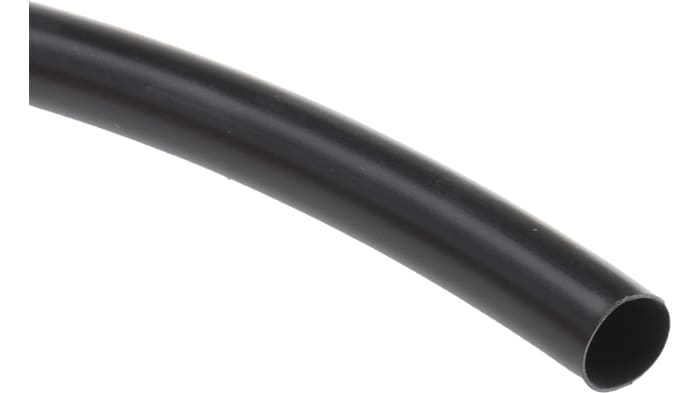
PTFE Estrus Shrink Tubing
Polytetrafluoroethylene or PTFE is best known under the brand name Teflon®. When used in oestrus shrink tubing, this synthetic chemical compound is highly resistant to chemicals and has an exceptionally low coefficient of friction, pregnant that substances will slide off information technology very easily.
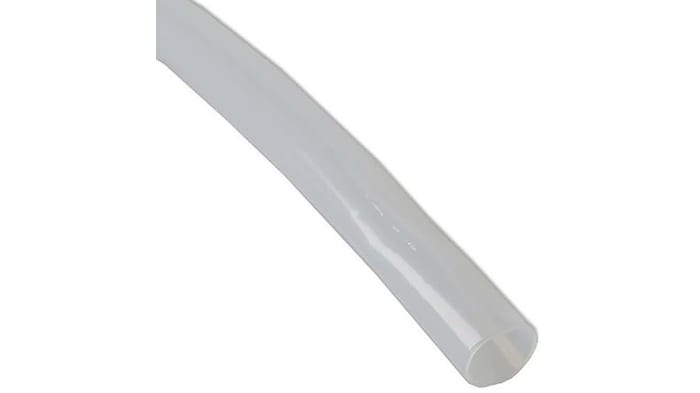
FEP Heat Compress Tubing
Fluorinated ethylene propylene (FEP) rut shrink tubing is highly resistant to chemical spillage, making information technology a expert choice for sealant applications. It shrinks at a lower temperature than PTFE.
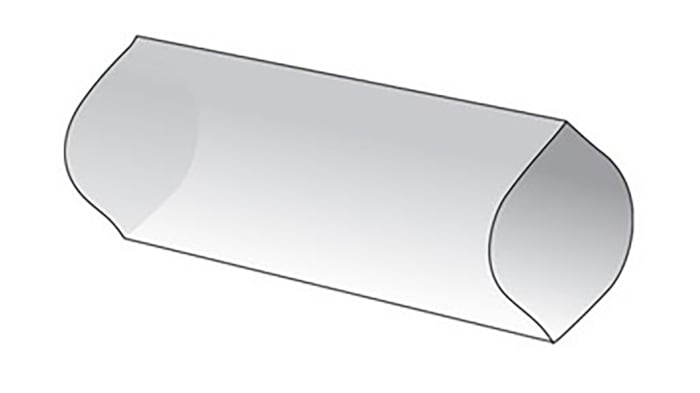
Elastomeric Heat Shrink Tubing
Elastomeric rut shrink tubing is noted for its flexibility too equally its resistance to abrasion and hazardous liquids like diesel fuel and hydraulic fluid. Information technology is widely used in industrial environments to protect cabling.

PVDF Estrus Shrink Tubing
Polyvinylidene fluoride or PVDF rut shrink tubing is noted for its high level of resistance to flame, corrosive chemicals and industrial fuels. Information technology is very robust and will not perforate easily.
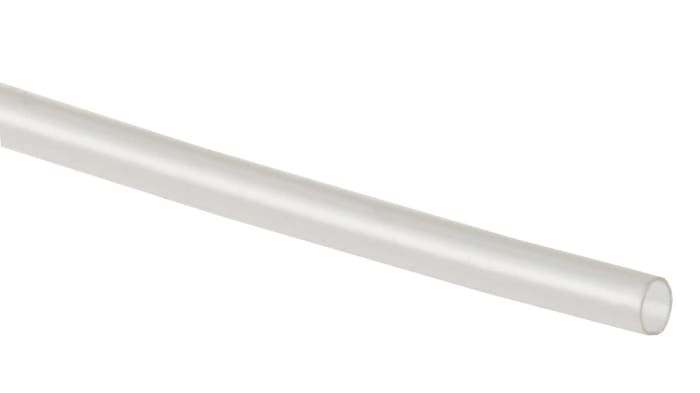
Silicone Heat Shrink Tubing
Silicone heat compress tubing is noted for its flexibility and resilience when exposed to very loftier or very low temperatures. It is an fantabulous option for insulation heating elements and bundling fibre optic cables. It is also widely used in medical environments because it withstands sterilisation conditions well.
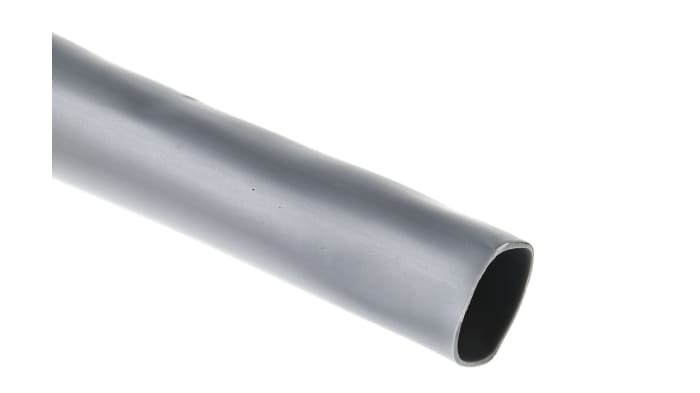
Viton Heat Compress Tubing
Viton heat shrink tubing is fabricated from fluoroelastomer, a blazon of constructed rubber. It is resistant to loftier temperatures and remains flexible even at low temperatures. Information technology forms an constructive seal against oils, fuels and lubricants of various kinds.

Types of Heat Shrink Tubing
Heat compress tubing is available in 2 basic types, unmarried or dual wall, also known as thin or double wall.
Single or thin wall tubing is reliable and physically robust. It is a good choice when electrical insulation or protection against abrasion and strain is required.
By contrast, double or dual wall tubing is a better pick in situations where protection from corrosion or a house seal is the chief aim. An additional adhesive layer within the tubing provides protection against moisture.
Heat Shrink Accessories
Hither are some of the most commonly used heat shrink products and accessories:
Heat Compress Accessories
Heat Shrink Connectors
Heat shrink connectors or splices are a form of tubing used to join cabling together or to connect it to ability outlets. They are available in various sizes and colours. Typically fabricated from versatile materials like polyolefin, they usually feature a dual wall design, with a shrinkable outer layer and an inner which will melt into place when heat is practical to create a potent, watertight seal.
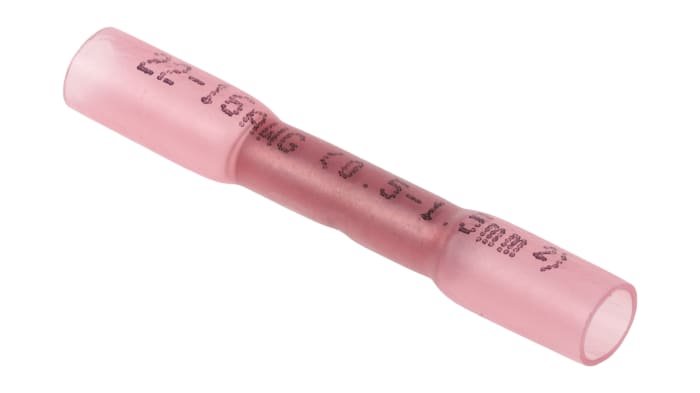
Oestrus Shrink Wrap
As the proper name suggests, heat compress wrap is a variant of oestrus shrink tubing made to wrap effectually cabling during repair and splicing operations. Typically information technology has a shrink ratio of 3:1 and provides a house a seal resistant to moisture, chemicals and fungal contamination.

Estrus Shrink Tape
Heat shrink tape works on similar principles to tubing and is typically used in conjunction with information technology for insulating seals and enclosures.
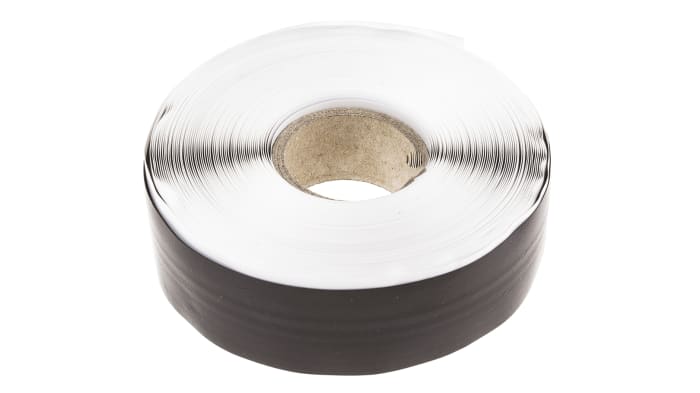
Heat Guns
Electric heat shrink guns are the master method of applying oestrus to tubing, wrap and record. These versatile appliances are lightweight and available with both single and double handles.
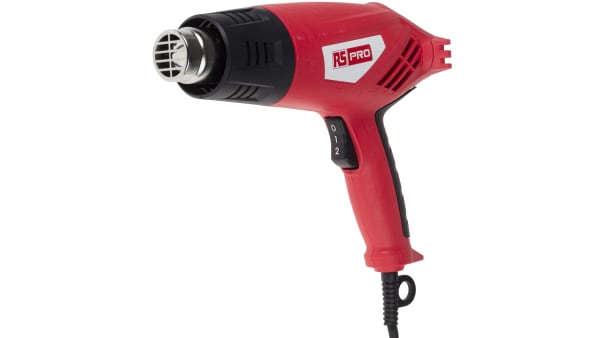
- Related Uses
- Stripping Paint
- Thawing Pipes
- Removing Decals
Scan Estrus Compress Guns
Heat Shrink Products in Activity
Take a look at this handy video to learn more nigh the various uses and properties of rut shrink.
Additionally, make the virtually of the opportunity to come across some heat shrink products from TE Connectivity in activeness!
What Size Heat Shrink Tubing Do Yous Need?
Determining what size rut shrink tubing you lot will need begins with the diameter of the materials to be covered.
-
Measure the widest part of the cabling or components you plan to employ the tubing to
-
Select tubing that is approximately 20-30% larger than the measurement taken in step one. To choose the right tubing, you volition need to know:
-
Its shrink ratio. As mentioned higher up, a 2:1 ratio indicates that the tubing will shrink to approximately half its size when heat is applied, while a 3:ane ratio means that information technology will shrink to i 3rd its total size
-
The thickness of the tubing walls. This is unremarkably measured in millimetres or inches
-
The 'within diameter' (ID) of the tubing post-obit shrinkage likewise as its 'expanded inside diameter' (expanded ID) earlier shrinkage. The latter measurement will be the ane displayed on the labelling. A variation of this – the 'lay flat width' – will as well sometimes need to be considered. This is merely the width of the tubing when laid flat
-
Consider the length of the tubing. This will decrease somewhat when shrunk – normally between v and ten per cent - and this should exist taken into business relationship when selecting the length of tubing in order to ensure full coverage.
What Size Heat Compress Tubing Exercise You Need?
-
5mm tubing with a .198 inch bore is the recommended oestrus compress tubing size for 12 gauge wire
-
The recommended estrus compress tubing size for 14 judge wire is the aforementioned equally that for 12 - 5mm, with a .198 inch diameter
-
For 16 estimate wire, 3mm heat compress tubing with a 2:1 shrink ratio and a .118 inch diameter is recommended
-
The recommended heat compress tubing size for 18 estimate wire is the same as that for xvi gauge wire: 3mm with a 2:1 shrink ratio and a .118 inch diameter
Rut Shrink Standards and Certificates
These are the principle standards and certificates for heat compress tubing:
UL224-2010
UL224-2010 specifies requirements for circular insulating tubing made from polymers with heat-setting, heat-responsive and elastic properties.
SAE AS23053
SAE AS23053 sets out requirements for electrical insulating sleeving that will shrink to a predetermined size when heat is applied.
ASTM D 2671
ASTM D 2671 specifies standard methods of testing heat shrink tubing intended for use with electrical cabling.
ASTM D3150
ASTM D3150 is a specification that applies to rut shrink made from PVC when used for electrical insulation.
FAQs
Tin can You Cut Heat Shrink Tubing?
Yes. Standard scissors and a ruler will be adequate in most cases, unless you lot require an exact length of tubing, in which instance use a more precise measuring tool. For thicker tubing you may crave wire cutters or pliers.
Practise not try to cut tubing lengthwise as this will affect its strength and moisture-proofing and could also encourage tearing.
Can You Use Electric Tape Instead of Rut Shrink Tubing?
This may be possible in express instances just electrical tape is less durable than heat compress tubing and is besides more prone to lose its adhesion over time. Every bit a result, you may need to regularly inspect electrical tape to ensure ongoing integrity which may exist impractical in some instances.
Electrical tape is quick and easy to use but it does non offer the same level of protection against corrosion, moisture or article of clothing, so it is non a good choice in unforgiving locations.
How Do You Remove Heat Compress Tubing?
The first step is to locate the end of the heat shrink tubing. Then, grip this with thin pliers – needle nose pliers would be a adept pick – and pull gently away from the connection. Finally, trip the tubing off using a blade while keeping the wire away from the electric connexion.
Is Heat Shrink Tubing Waterproof?
Yes, most heat compress tubing is watertight and will also protect against other moisture and even potentially corrosive liquids.
What Temperature is Needed for Heat Shrink Tubing?
This varies according to the textile used to make the heat shrink tubing. For example, polyolefin shrinks at around xc°C, while PTFE (Teflon) requires a considerably higher 250°C.
Summit Heat Compress Brands
How To Remove Heat Shrink For Wires,
Source: https://ie.rs-online.com/web/generalDisplay.html?id=ideas-and-advice%2Fheat-shrink-guide
Posted by: armstrongthadvert.blogspot.com


0 Response to "How To Remove Heat Shrink For Wires"
Post a Comment